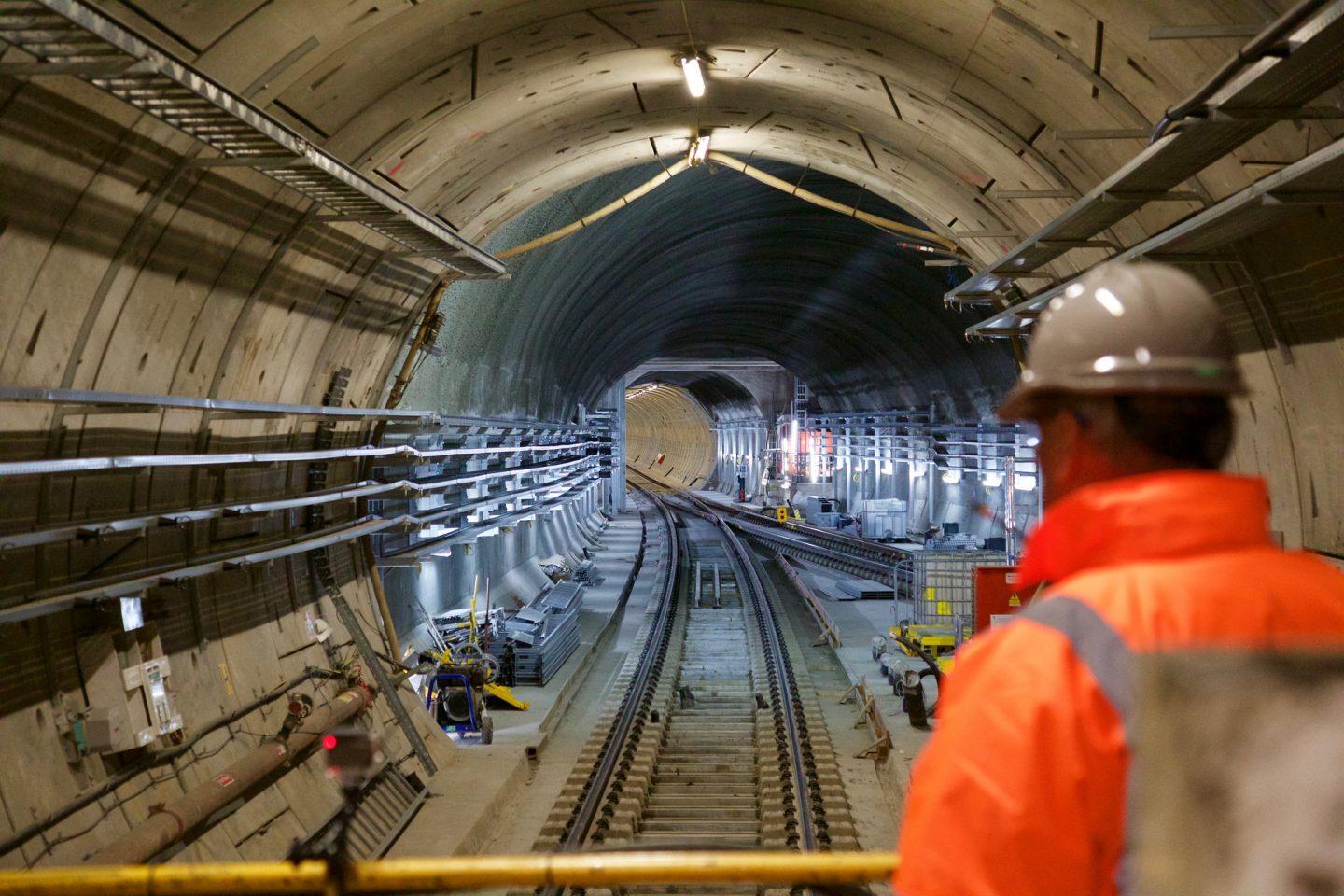A drought of talent in a downpour of jobs: Australia’s state of net immigration
A quick glance through the Skilled Occupation List shows the incredibly diverse range of skills Australia depends on from its offshore labour market, a market which has been hit hard from closed borders and tightened immigration.
In the 2020-21 forecast, Net Overseas Migration (NOM) was forecast to drop to a level of -71,600, a 4.16 per cent decline from 2020, and the first negative forecast since 1946. It is reported that Australia won’t see a significant return of migrants to our shores for another year.
NOM is a significant driver of population growth which in turn drives the economy. With the decline in NOM, population growth is expected to slow 0.4 per cent in 2021-22, the slowest growth in over 100 years.
The Migration Program is an important part of Australia’s economic recovery and creation of high valued jobs to match the demand on the market. The program set 160,000 immigration places for permanent visas for skilled and family migrants to Australia in 2020-21. However, this does not necessarily mean that 160,000 new migrants have come to Australia and fulfilled this demand. In fact, over the last several years, around half of permanent visas granted under the Migration Program each year have gone to people who are already in Australia on a temporary visa. This proportion is only set to increase as border closures see immigration numbers fall.
This isn’t all positive news for Australia’s current migrants. Some of Australia’s migrants said the uncertainty over border closures has only put them on edge as approvals for visas are drawn out. Additionally, for migrants living in Australia, the wait time for benefits such as carer payments, parental leave and family tax benefits has been drawn out from two to four years. Because of this, Australia risks losing its current and prospective migrants to Australia’s immigration competitors, the UK and Canada.
It is crucial for Australia to take measures to ensure the welcome of skilled migrants when the country re-opens, as the key to stimulating the population and economy growth. In the 2021-22 Budget, the government introduced a Global Talent visa initiative to encourage highly skilled workers to Australia. Additionally, the government is investing $6.4 billion to deliver an investment in skills and low-to-free training in an effort to build the skills that Australia’s economy requires. These initiatives will support the gradual return of international students and permanent migrants, predicted to return to Australian in the latter half of this year.
